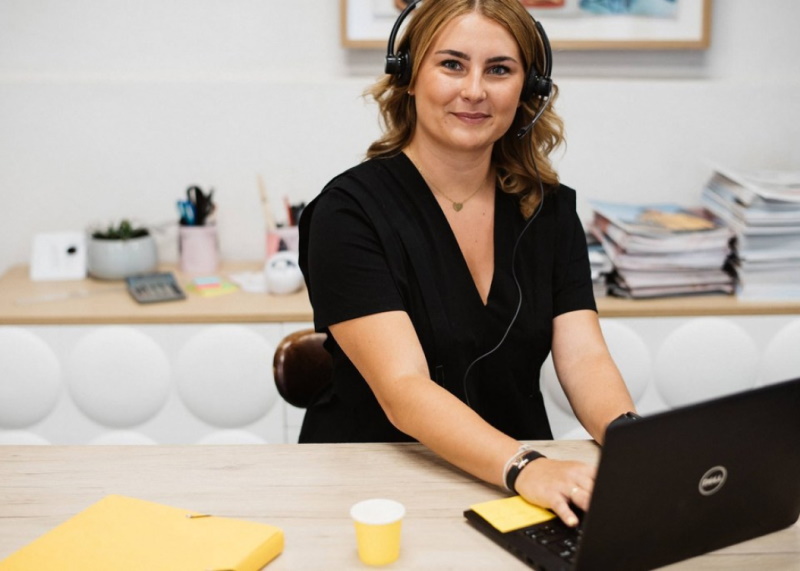The end of an era
It’s official: mass consumption has started to decline. Its excesses, the aberration of globalisation, the waste resulting from disposable items and planned obsolescence are all being challenged.
Make no mistake about it: this distancing from a 50-year-old purchasing practice is not the result of spontaneous enlightenment. It will have taken several environmental, health and humanitarian scandals for the obscure workings of a cynical system to be revealed to consumers, who are, through their purchases, indirectly complicit.
From ethical consumption to the business of transparency
A change in ethics is emerging. The need for collective responsibility is increasingly shifting to individual behaviours of sustainable and ethical consumption. There are countless examples of this. In France, a food transition has been ongoing for the last two years. People are buying less, but better quality.
Naturally, retailers were quick to notice this change and to adapt to it. The highest levels of growth in the food sector are recorded for organic produce, local produce and the sudden removal of controversial ingredients such as palm oil. In the clothing industry (reputed to be a source of pollution), some brands are now offering customers made-to-order solutions for customised and also standard items. Brands are taking advantage to communicate on a rewarding shopping experience and on a way of pragmatically combatting oversupply, unsold stocks and waste.
Everybody knows they are currently fighting a battle between transparency and greenwashing, as demonstrated by the emergence of new brands which have made transparency their main purpose: Digital Native Vertical Brands (DNVB). Their motivation is simple: to offer their customers good products at the right price, produced according to strong ethical values. One example is Everlane, which, for each item, gives the cost of raw materials, production, taxes, transportation … and their profits!
The other side of the divide
So, does this mean that we have become consumer citizens, and have all converted to 100% organic, fair trade and local produce? No. This would ignore the social divide across the population, a money-related gap that separates those who think about “the end of the month” and those who think about “the end of the world”. And in the middle, the middle classes which are growing inexorably. It is these differences in lifestyle which explain the increasing fragmentations in consumer practices.
The brands which best withstood the crisis are discount shops and premium players focused on brand experience, which attests to this social divide. Brands which are at neither end of the spectrum and are traditionally aimed at the middle classes are those which had to close the most points of sale last year.
New purchasing patterns = new payment methods?
Based on these different observations of changing purchasing practices, what can be said about payment methods? What are the trends likely to occur in upcoming years?
Payments too must become more ethical, in particular with the emergence of new players such as Paygreen. Solutions include the solidarity measure of rounding up amounts or offsetting the carbon footprints of purchases, to which some consumer categories are more receptive.
Deferred payments will remain attractive to consumers on tight budgets. This includes split payments and microcredit, on both digital channels and in stores. A plethora of instalment payment solutions are available … The difficultly for merchants is to select the most appropriate one. Whether the aim is to improve the conversion rate, increase the average basket size or consumers’ purchasing power, we will help you to select the solution that is the best fit with your customers.
HERE : Oney, Cetelem, Casino, Cofidis, Carrefour... All you need to know before making a choice !
Some trends which began in 2019 will be more topical than ever in the months and years to come.
Regardless of the consumer's profile, aspirations and limitations, there will always be a desire for a smooth experience. We live in an increasingly impatient society. Payment methods must change in line with this: immediate, available on all sales channels. Chatbots and voice assistants should be more present, and voice and biometric payments should emerge. The first "no checkout" stores which use invisible payments will most likely grow, like Amazon's initiatives such as the latest Amazon Go grocery to open, on 25 February 2020: 1000 sq.m and no checkouts...
Payments which are more connected to social networks, the virtual link which is becoming increasingly strong between brands and their customers. On netwoks, groups and communities must be looked after, by proposing functions such as payments by several people, P2P payments (with solutions such as Lydia) and funding pots such as Leetchi.
And finally, a reassertion and demonstration of security and data protection compliance, as part of a long-term contract of trust with the user.

